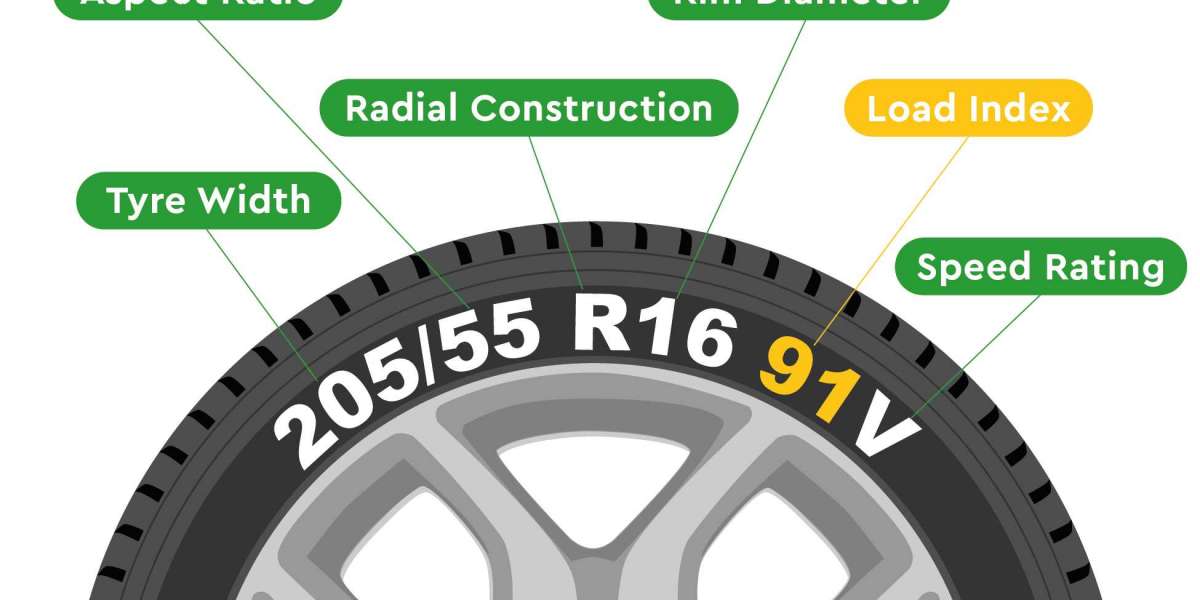When it comes to tyre shopping, most people focus on tread pattern, size, or brand but there’s one critical factor that often gets ignored: load requirements. Choosing tyres that can handle your vehicle’s weight isn't just a suggestion it’s essential for safety and performance.
Here’s how to understand tyre load ratings and pick the right set for your specific driving needs.
What Is a Tyre Load Rating?
The load rating (also called load index) tells you how much weight each tyre can safely support. It’s printed on the sidewall of the tyre, typically following the tyre size. For example:
205/55 R16 91V
In this example, "91" is the load index.
Each number corresponds to a weight capacity. In this case, 91 means the tyre can carry 615 kg.
Choosing a tyre with too low of a load rating can lead to:
Premature tyre wear
Sidewall damage
Risk of blowouts especially when the car is fully loaded
How to Find Your Recommended Load Rating
Your car’s load requirements aren’t a guessing game. You’ll usually find the correct tyre specs in one of these places:
Inside the driver’s side door frame
The car’s owner’s manual
The fuel filler flap (in some cars)
Look for the load index number and stick to it or go higher. Never choose a lower-rated tyre, even if it fits the rim.
Consider Your Driving Conditions
Not all driving is equal. Here are a few things that might affect your load needs:
1. Frequent Passengers or Cargo
If you often carry extra people, heavy equipment, or luggage, your tyres should be rated for that added weight.
2. Towing
Whether it’s a trailer, boat, or camper, towing adds a lot of strain on tyres. Go for a higher load index if towing is part of your routine.
3. Road Type and Speed
Driving on hot highways or rough terrain with under-loaded tyres is a recipe for heat buildup, wear, and failure. A load-appropriate tyre handles heat better.
Load Ratings Aren’t One-Size-Fits-All
For compact cars, a tyre with an index of 84 to 91 might be fine. For SUVs and crossovers, you may need a rating above 100.
If you're unsure, it’s always better to consult a professional or visit a well-reviewed pirelli tyres dubai specialist who can help you match the right tyre to your vehicle and lifestyle.
What Happens if You Choose the Wrong Load Index?
It’s not just about shortening tyre life. A lower load index affects the entire car’s handling and braking ability. It also voids most manufacturer warranties and could even lead to insurance problems in the event of a crash.
On the other hand, using a tyre with a slightly higher load index than required is safe and sometimes even recommended for added durability.
Final Tips Before You Buy
Double-check the load index for your car model
Don’t rely only on visual tyre size get the full code
Match or exceed the recommended rating
Ask questions if you’re unsure reputable tyre shops are happy to help
Your tyres do a lot more than just roll. They're what keeps your car stable under load, in corners, and during emergency stops. Choosing tyres that match your vehicle’s weight is one of the smartest things you can do for road safety.






